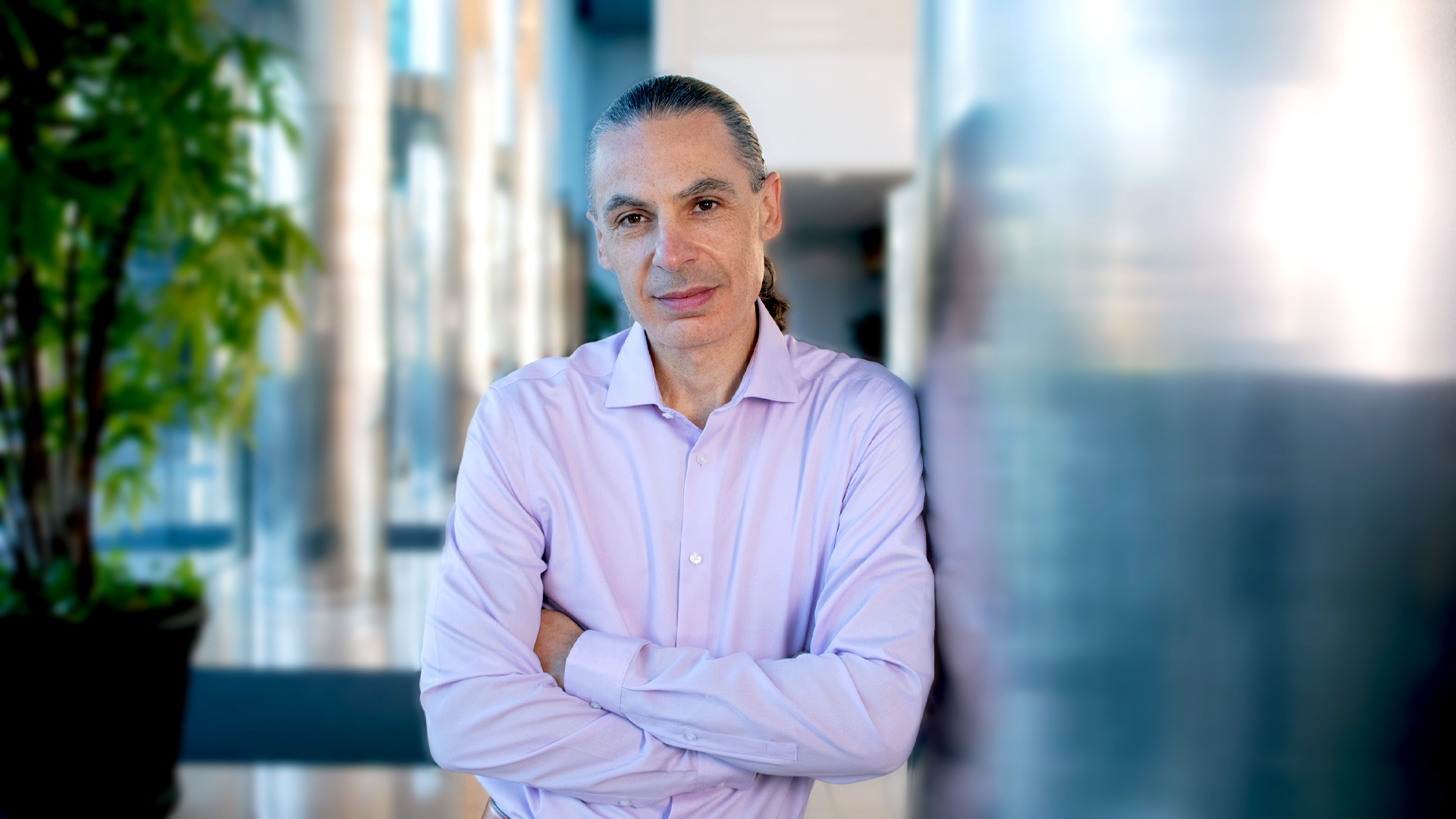Has the era of co-packaged optics finally arrived?
 Saturday, May 18, 2024 at 1:09PM
Saturday, May 18, 2024 at 1:09PM Part 3: Co-packaged optics: Ayar Labs CEO interview
Mark Wade, newly appointed CEO of Ayar Labs, shares what his new role entails and why, after a decade-long journey, co-packaged optics' time has come.
 Ayar Labs' CEO, Mark Wade
Ayar Labs' CEO, Mark Wade
Mark Wade, the recently appointed CEO of Ayar Labs, says his new role feels strangely familiar. Wade finds himself revisiting tasks he performed in the early days of the start-up that he helped co-found.
“In the first two years, I would do external-facing stuff during the day and then start working on our chips from 5 PM to midnight,” says Wade, who until last year was the company’s chief technology officer (CTO).
More practically, says Wade, he has spent much of the first months since becoming CEO living out of a suitcase and meeting with customers, investors, and shareholders.








